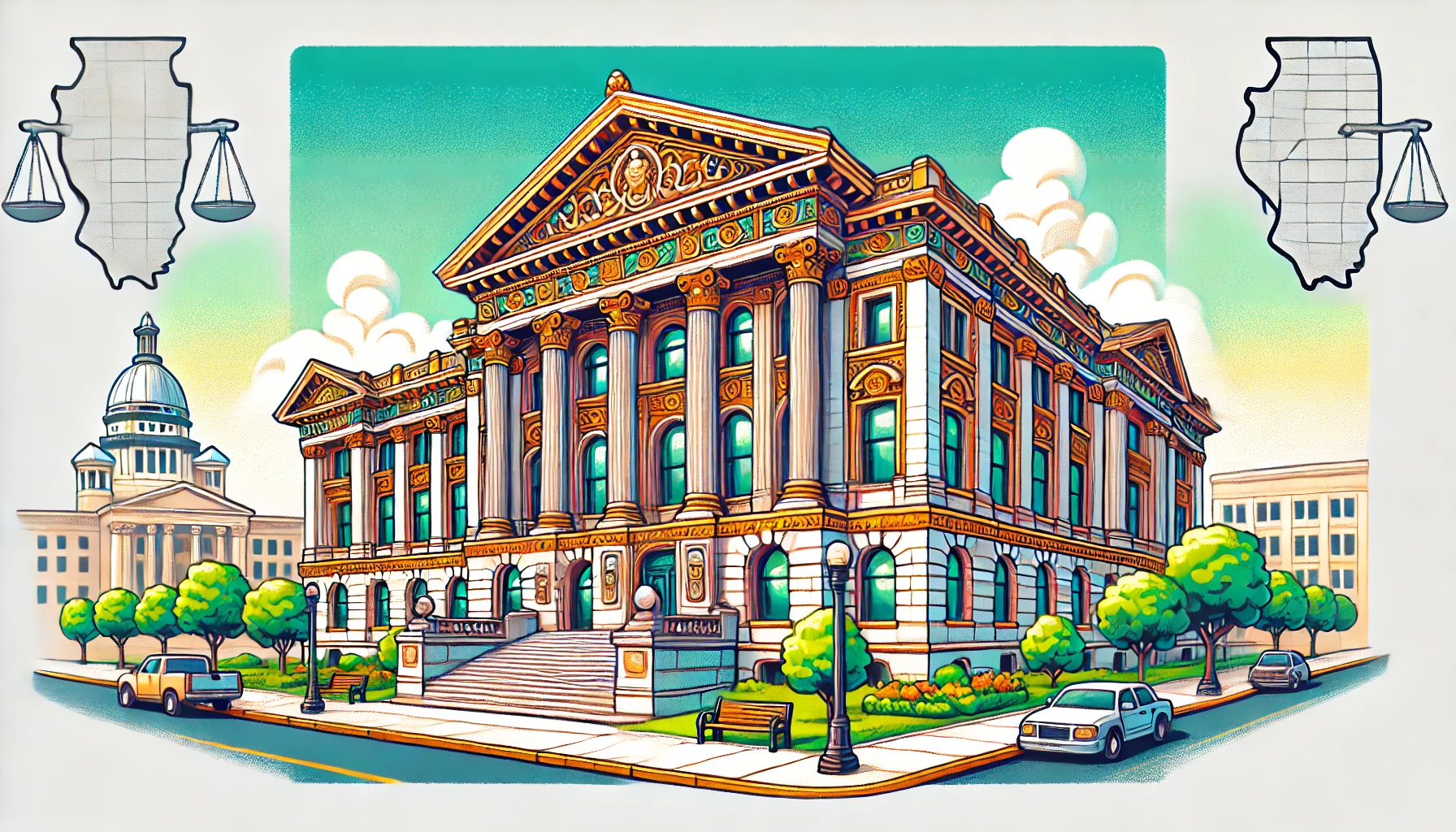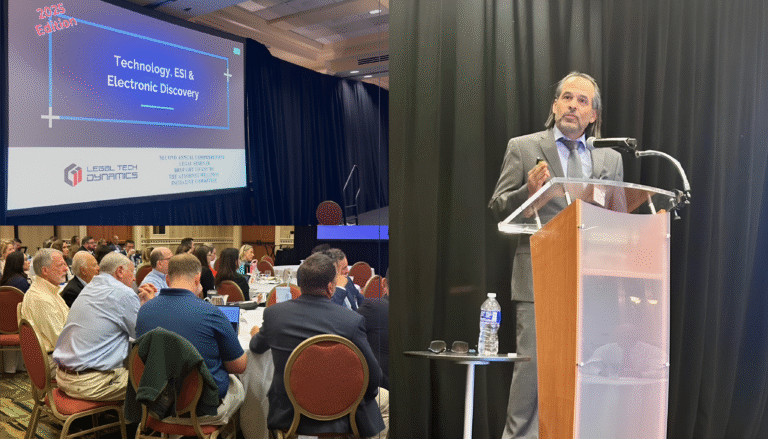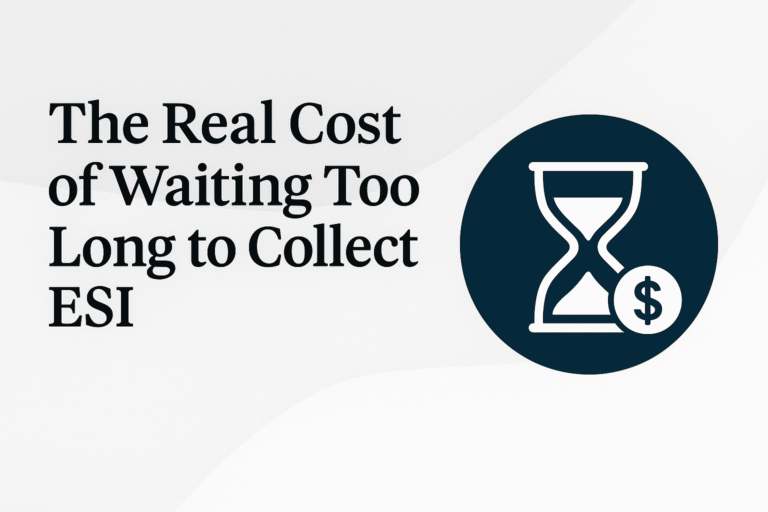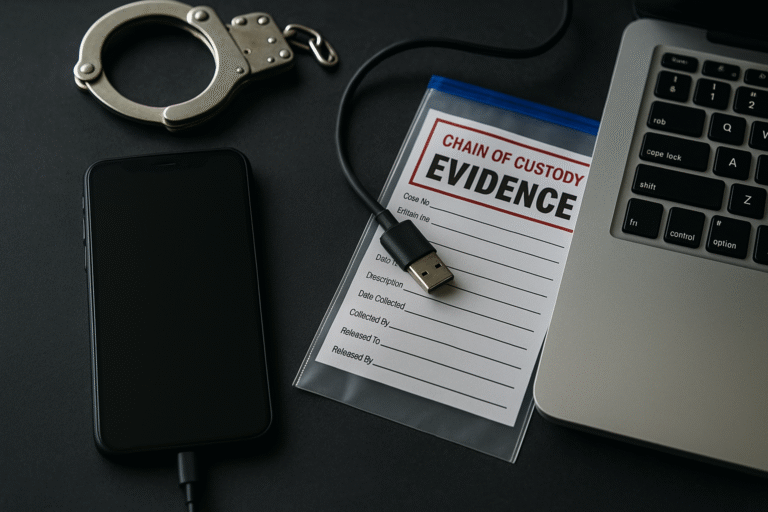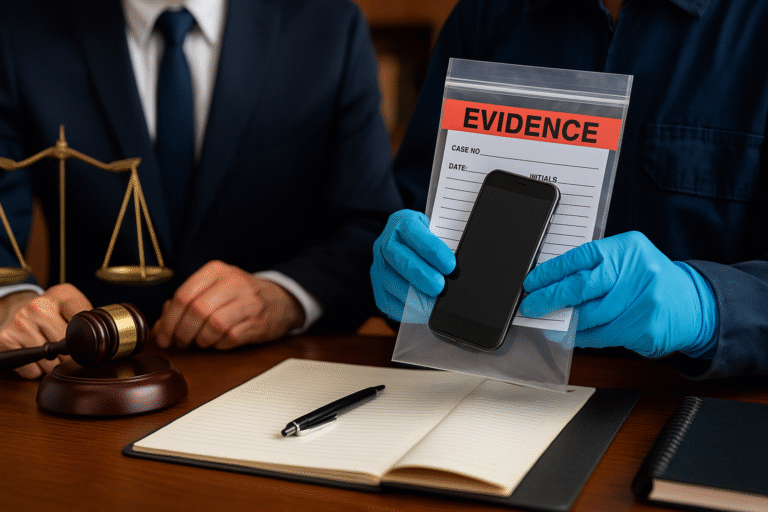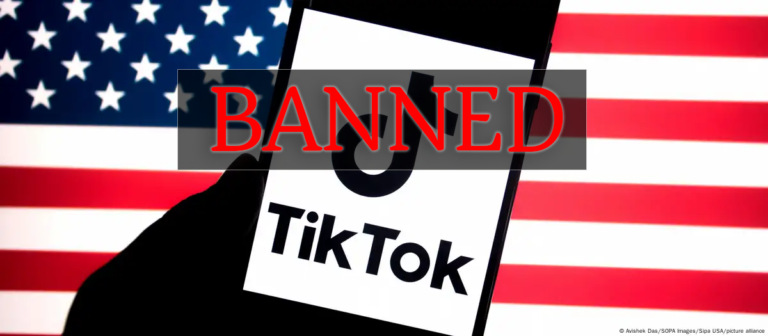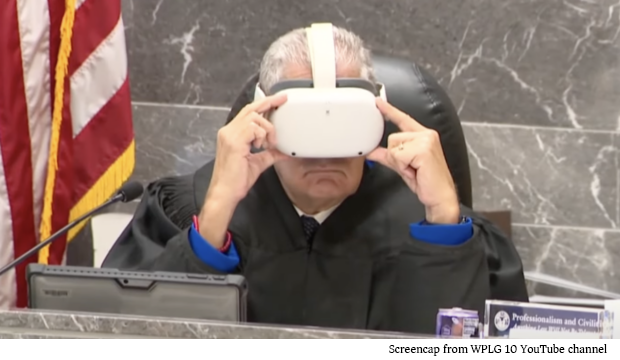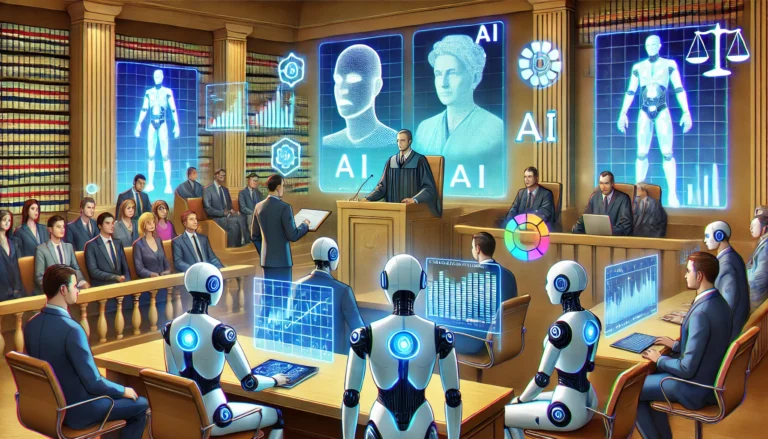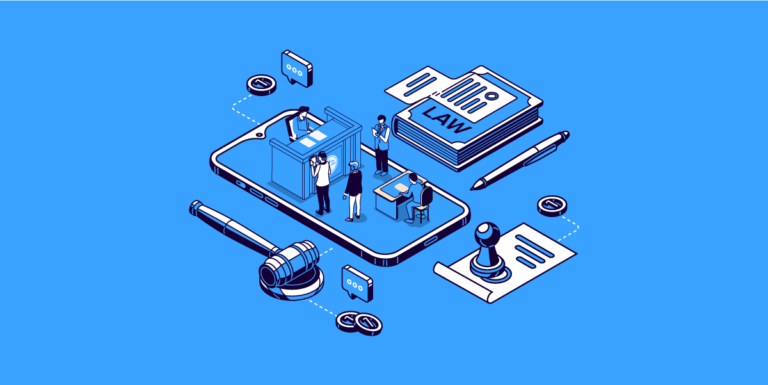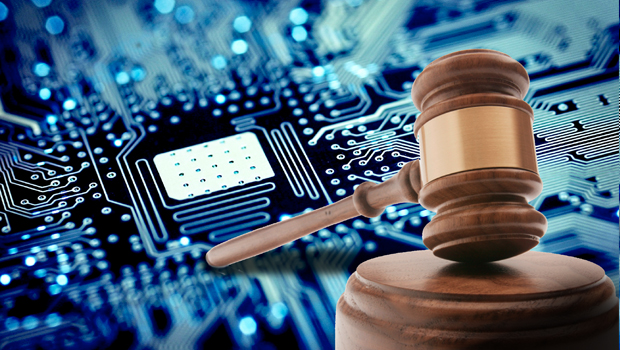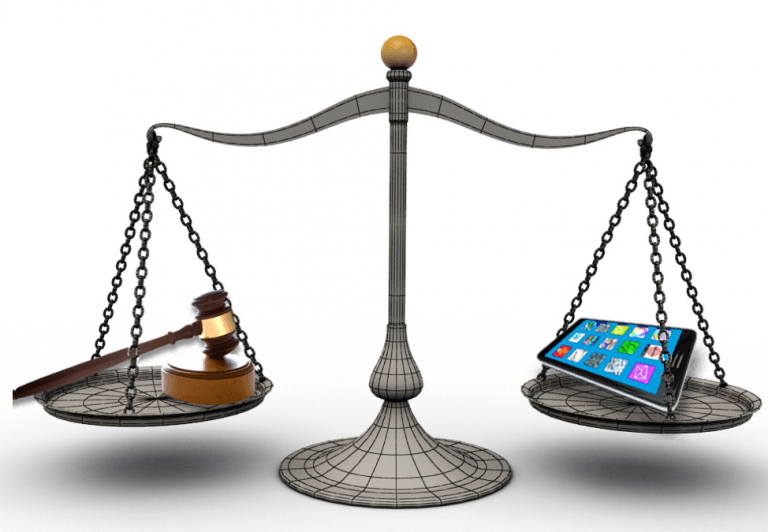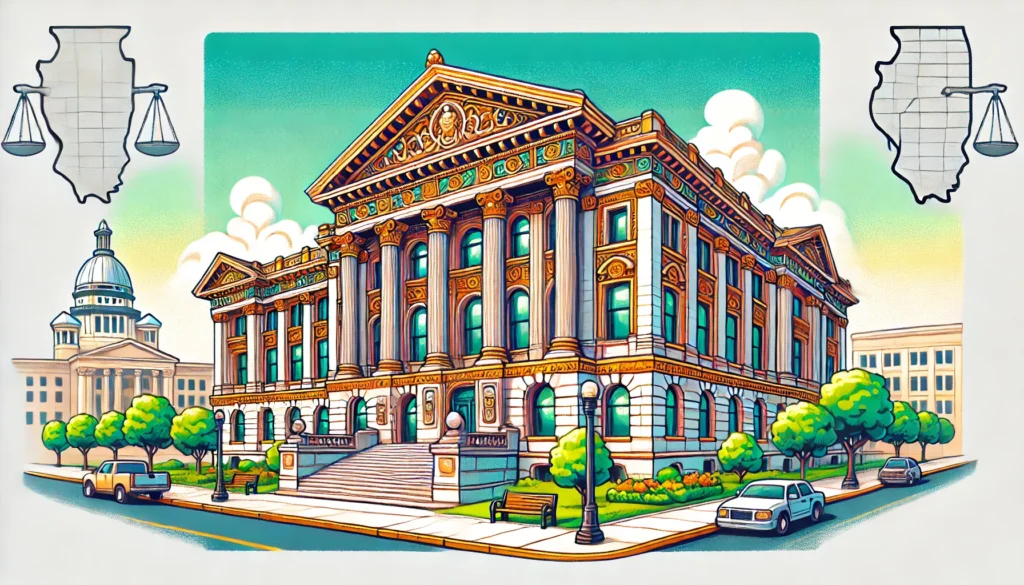By Carlos A. Baradat, Esq. | Legal Tech Dynamics
The legal profession stands at the crossroads of tradition and innovation. With the rapid development of artificial intelligence (AI), courts and legal practitioners alike are being compelled to adapt to a changing technological landscape. The emergence of generative AI systems like ChatGPT, Copilot, and Google’s Gemini, alongside legal-specific platforms like Lexis+ AI, Westlaw Precision with AI, and Harvey, signifies a shift not only in how legal tasks are performed but also in how courts view and regulate these technologies. This article explores how courts are not just noticing AI but taking decisive action to address its implications for justice and practice.
AI’s Growing Role in Legal Practice
AI is no longer a futuristic concept; it is a present reality transforming the legal field. Generative AI systems are designed to generate expressive content—be it text or images—by learning from vast datasets of human-created artifacts. These systems are increasingly relied upon for tasks like drafting contracts, conducting legal research, and even generating case briefs.
However, this rapid integration of AI into law practice brings challenges. While these tools can streamline processes, reduce costs, and enhance efficiency, their outputs require careful oversight. As Michael D. Murray’s insights reveal, AI systems are not infallible. They mimic human reasoning but lack the inherent understanding of the law’s nuances, often leading to errors or “hallucinations” where the AI fabricates legal citations or misinterprets jurisdictional requirements.
Courts Take Notice: The Wake-Up Call
Recent high-profile cases have highlighted the risks of unregulated AI use in the legal field. For example, courts have encountered instances where AI-generated documents were submitted containing fabricated sources. These events served as a wake-up call, prompting judicial systems to scrutinize how AI is used in legal proceedings.
One such case involved the filing of a legal brief drafted by an AI system that included citations to non-existent cases. The judge’s rebuke underscored the necessity for attorneys to exercise professional responsibility and supervise AI-generated work. This incident illuminated a broader issue: while AI can assist, it cannot replace the human judgment and ethical considerations that underpin legal practice.
Judicial Actions to Regulate AI
Recognizing the transformative potential and inherent risks of AI, courts are beginning to establish guidelines and rules to govern its use. These actions fall into three primary categories:
- Ethical Oversight: Courts are emphasizing the need for lawyers to supervise AI outputs diligently. The American Bar Association (ABA) has started incorporating AI-related provisions into its Model Rules of Professional Conduct, urging attorneys to remain competent in emerging technologies. Ethical rules now explicitly require lawyers to understand the technology they use, including its limitations and potential for errors.
- Evidentiary Standards: The admissibility of AI-generated evidence is another area where courts are stepping in. Judges are scrutinizing how AI-derived data is authenticated, focusing on its reliability and the transparency of the algorithms that produce it. This trend is particularly relevant in cases involving digital forensics and eDiscovery, where AI tools are often used to analyze vast amounts of electronic data.
- Judicial Education: Many courts are investing in training programs to educate judges and court staff on AI technologies. This education is critical for ensuring that judicial decision-makers understand the implications of AI-driven tools, from predictive analytics in case outcomes to the biases that may be embedded in AI systems.
The Illinois Example and a Broader Trend
While much of the recent focus has been on courts in Illinois, where significant strides have been made in addressing AI’s implications, the lessons extend far beyond state lines. Illinois’s actions reflect a broader trend, as even the highest state courts across the country are being forced to confront and adapt to this rapidly evolving technology. This trend underscores that no jurisdiction is immune to the challenges and opportunities presented by AI. By observing and learning from the approaches taken in Illinois and other states, legal professionals nationwide can better prepare for the inevitability of AI’s deeper integration into the legal system.
Opportunities and Challenges for Legal Professionals
The courts’ increasing attention to AI underscores the need for legal professionals to adapt and innovate. Attorneys who embrace AI responsibly can gain a competitive edge, leveraging its capabilities to improve case preparation, client service, and courtroom presentations. Yet, this comes with the responsibility to:
- Understand AI’s Mechanisms: Legal professionals must grasp how AI systems operate. As Murray notes, AI is not magic; it is a machine that processes data based on predefined algorithms. Understanding its strengths and limitations is essential for effective use.
- Verify AI Outputs: The tendency of AI to generate fabricated or inaccurate information necessitates rigorous verification. Lawyers must cross-check AI-generated content with authoritative legal sources to ensure its accuracy and reliability.
- Advocate for Transparency: As courts grapple with the use of AI, legal practitioners have a role in advocating for transparency in AI algorithms and datasets. This advocacy ensures that AI tools align with principles of fairness and justice.
The Path Forward: Collaborative Regulation
To navigate the complexities of AI in the legal field, collaboration between courts, legal professionals, and technology developers is paramount. Key steps include:
- Developing Comprehensive Guidelines: Legal organizations and bar associations must work with courts to create clear guidelines for AI use in legal practice. These guidelines should address ethical considerations, evidentiary standards, and best practices for integrating AI into workflows.
- Encouraging Technological Competence: Ongoing education is vital. Law schools and professional development programs should incorporate AI literacy into their curricula, preparing the next generation of lawyers to navigate an AI-driven landscape.
- Fostering Public Trust: Transparency in AI systems is crucial for maintaining public confidence in the legal system. Courts and legal professionals must prioritize ethical AI deployment, ensuring that these tools enhance—rather than undermine—the pursuit of justice.
Conclusion: A Dynamic Era for Law and Technology
The integration of AI into the legal profession marks a dynamic and transformative era. Courts are no longer passive observers but active participants in shaping how this technology is used. By addressing ethical challenges, establishing evidentiary standards, and investing in education, the judiciary is paving the way for responsible AI adoption.
For legal professionals, this changing tide presents both opportunities and responsibilities. Embracing AI with caution and competence can lead to more efficient practices and better client outcomes. However, the human element—critical thinking, ethical judgment, and professional oversight—remains irreplaceable.
As the legal field evolves, one thing is clear: AI is here to stay, and its role in law will only grow. By working collaboratively and proactively, courts and legal professionals can ensure that AI serves as a tool for justice, rather than a source of disruption. This balance is essential for preserving the integrity of the legal system in an increasingly digital world.
Here is the link to the Illinois Supreme Court Policy on Artificial Intelligence Effective January 1, 2025
For speaking engagements, training workshops, or legal tech support, you can reach Mr. Baradat at 239-221-6359.
—
Legal Tech Dynamics: Digital Forensics, Legal Tech Consulting, and eDiscovery Services in Central Florida, South Florida, and Nationwide
At Legal Tech Dynamics, we specialize in digital forensics, eDiscovery, legal tech consulting, law firm technology training, attorney ESI consulting, and litigation consulting. With offices in Naples, FL, and Boca Raton, FL, we proudly serve clients throughout Central and South Florida, as well as nationwide, including major cities such as Fort Lauderdale, Miami, Tampa, Fort Myers, Marco Island, West Palm Beach, and Orlando.
Whether you’re navigating digital evidence analysis, managing litigation holds, responding to requests for production, or seeking guidance on ethical and privacy considerations in eDiscovery, our experienced team is here to help. We deliver tailored solutions to attorneys, law firms, corporate clients, and individuals, ensuring secure digital data, improved legal case management, and successful eDiscovery outcomes.
📞 Call us today at 239-221-6359 to learn how we can support your legal and technical challenges and help you achieve your goals with confidence.


